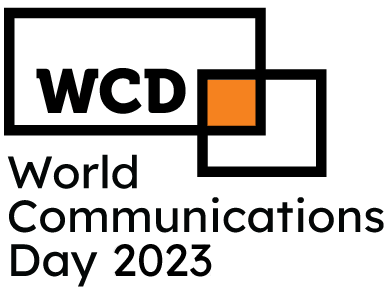Additionally, fixed asset management can help to prevent fraud and theft, as well as minimize losses due to natural disasters. Using the principles of fixed asset management above, we can get a better picture of the processes to follow when improving our asset tracking strategy. Knowing “how” versus “why” are very different when it comes to the true value proposition of asset tracking solutions. There are many reasons why each team should vouch for the technology to be used in their organization, but you can see the most prominent or impactful listed below. We undertake detailed modelling of fixed asset depreciation and lease calculation rules for both accounting and tax. Suppose there is a company that deals with calculators, then it is the company’s stock and therefore considered a current asset.
- Fixed assets have a useful life of more than one year and typically include land, buildings, vehicles, furniture, computers, equipment, and machinery.
- There are many reasons why each team should vouch for the technology to be used in their organization, but you can see the most prominent or impactful listed below.
- The balance sheet statement of a company is composed of the business’ assets, liabilities and its shareholder’s equity.
- Because office supplies have value, they can be considered an asset, but if you’ve purchased them from a supplier, they can be considered an expense.
Record both your current and fixed assets on your business’s balance sheet, and arrange them in order of liquidity, with the most liquid assets listed first. Cash is the most liquid asset and should be listed first since it does not require any conversion. The term fixed asset refers to a long-term tangible piece of property or equipment that a firm owns and uses in its operations to generate income. The general assumption about fixed assets is that they are expected to last, be consumed, or be converted into cash after at least one year. If the answer is yes, they can be considered a current asset in your financial statements. If they are for future use, they would not be a current asset, and if they have already been used, they should be considered costs or expenses.
Examples of fixed assets
These assets are not expected to be sold or used within a year and are sometimes recorded on the balance sheet as property, plant, and equipment (PP&E). Fixed assets are subject to depreciation, which accounts for their loss in value over time, whereas intangible assets onsite tax attorneys in los angeles are amortized. Fixed assets are often contrasted with current assets, which are expected to be converted to cash or used within a year. Property, plant, and equipment (PPE) holdings appear on the balance sheet on the assets side or under the non-current assets heading.
They reside in a section that’s all about long-term investments in the future of your business. Current assets are like the sprinters of your financial portfolio; they’re all about liquidity and being readily available for short-term needs. If you’ve ever scratched your head while poring over a balance sheet or wondered why some assets are labeled “current” while others are marked as “fixed,” you’re in the right place.
Budget Management
Depreciation simply spreads the cost of the fixed asset over many years, making it easier on the company. Fixed assets on the other hand are depreciated to help the company avoid any major loss when the initial purchase is made. A fixed asset is an asset that a business has bought in order to use as part of its production process when it comes to making and distributing the goods and services the business offers. Scanning asset labels and regularly auditing assets helps to ensure that businesses are using their assets as intended and reduces the risk of financial irregularities. Fixed asset management ensures compliance for businesses of all sizes. Ensuring audit compliance is a critical part of any company’s operations.
Fixed asset vs Current asset on balance sheets
For business owners, CEOs, investors, and really any business stakeholder, staying on top of assets is pivotal in order to obtain a holistic understanding of a company’s finances. A business’s assets are considered anything that can be converted into cash (or cash equivalents). Also called long-term assets, fixed assets are held by a business with the intention of continuous use and not to be resold in a short period of time.
How to calculate the current assets?
Current Assets are reserves or property of the business that are easily exchanged for cash or are already realised as cash. A financial professional will offer guidance based on the information provided and offer a no-obligation call to better understand your situation. It is imperative that you have a precise plan for managing your assets and using them efficiently. This will lead to increased productivity in all aspects of your organization’s operations. The third and final principle is that regular monitoring is necessary to identify potential problems early.
This means that its recorded value on the balance sheet is adjusted downward to reflect that it is overvalued compared to the market value. A higher current ratio is generally considered favorable as it indicates a better ability to cover short-term liabilities. However, an excessively high current ratio may suggest that a company is not efficiently deploying its resources. The interpretation of current assets and ratios may vary across industries and companies.
What Are Some Examples Of Fixed Assets?
They are the assets that are not meant to be used up or converted into cash in the blink of an eye. They are the assets you can count on for day-to-day operations, covering operational costs, paying salaries, and managing short-term liabilities. These are the assets that can be quickly converted into cash or used up within one year. So, you have to deduct the depreciation from the total cost of the fixed asset every time.
